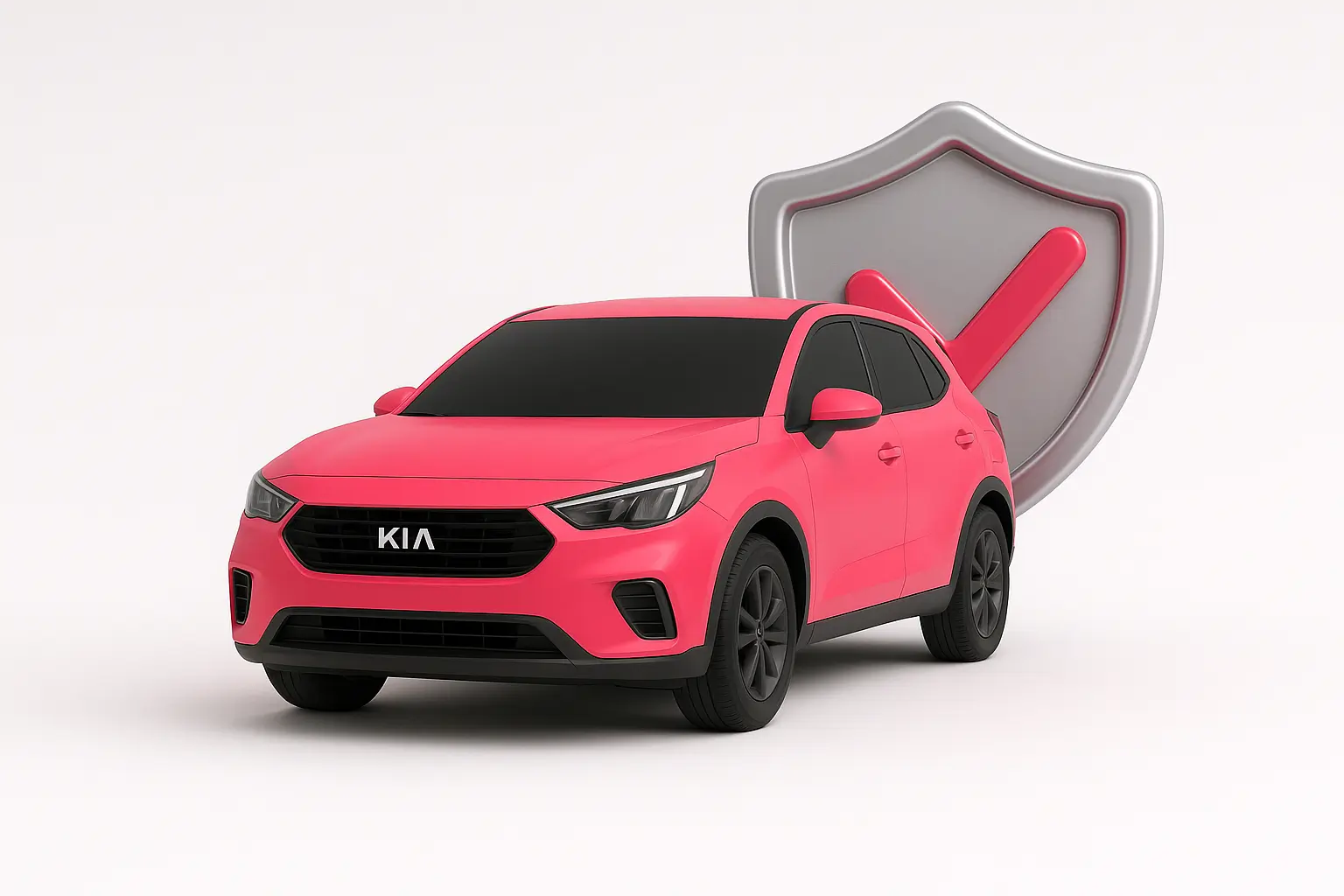If the design of your car requires removing the hub—or the hub/bearing is damaged and must be replaced—the wheel stud repair cost can climb to $250 to $600+.
Jerry can show you a fair, local price range and help you compare estimates.
What you’re buying here isn’t the stud itself (that’s a few bucks) but safe, precise labor. Pressing the old stud out and seating a new one correctly is a small job with big safety consequences.
Real customers Jerry helped
While different factors – location, exact vehicle, parts – can impact prices, Jerry uses real customer experiences to show what drivers are paying right now. Here are a few examples:
Estimates are modeled based on real vehicle and location data; names have been changed. Actual prices will vary by shop, parts, and vehicle condition.
What is a wheel stud?
Think of the wheel stud as the steel bolt permanently mounted in your hub. Your wheel slides over several studs (usually five), and lug nuts clamp the wheel against the hub face. That clamping force is what carries the vehicle’s weight and torque. Healthy studs plus correct torque equal a wheel that stays put and a rotor/hub that isn’t distorted.
Symptoms of a failing wheel stud
Jerry customers are seeing a few symptoms of a failing wheel stud:
- Cross threading of nuts.
- Threads on the nut have visible damage.
- Corroded studs prevent secure hold.
Cost breakdown: why the price varies
A single wheel stud costs the price of a nice coffee. The rest is time, technique and access. Here are the factors that Jerry customers are seeing affect total cost to replace lug nut stud:
Number of studs.
The first stud is the expensive one because the tech has to raise the car on a lift, pull the wheel, and access the back of the hub/rotor. Additional studs on the same corner are incremental—often +$20 to $60 each—because the setup time is already paid for.
Vehicle design & access.
Some cars let you hammer-press a stud with the rotor off in 30 to 60 minutes. Others require pulling the hub or loosening suspension components, which can push labor to 1.5 to 2.5 hours.
Rust and age.
In the salt belt, everything takes longer. Corrosion can turn a 45-minute job into a 2-hour fight with seized hardware. Expect +0.3 to 1.0 labor hours where rust is common.
Front vs. rear.
Front hubs are often easier to access than rears on some platforms (especially with parking brake hardware inside the rotor hat). Rear studs can add 0.2 to 0.5 hours.
Hub/bearing condition.
Depending on condition, you might need a hub/bearing assembly. That changes the parts mix dramatically (from $5 to $20 in studs/lug nuts to $120 to $300+ for a hub) and labor to 1 to 2 hours.
Wheels and lug nuts.
Aftermarket wheel features may add time. Plan for a bit extra if the tech needs to remove a locking set or chase threads.
Local labor rate.
Shop rates vary widely—from $85 to $180+ per hour—a major cost driver.
In summary:
- Quick-access corner, one stud: $90 to $160.
- Two to three studs on one corner: $140 to $260.
- Stud(s) plus hub/bearing: $250 to $600+.
On most jobs, labor is 80 to 95% of the bill. Parts are minimal unless the hub has to go.
Your action plan: how to save money
Fix it before you drive far.
With one missing stud you can make a short trip to a nearby shop. Keep speeds low, avoid hard braking and go straight to service. Tow it if missing more than one. It’s cheaper than repairing a wallowed wheel or ruined hub.
Bundle studs on the same corner.
If one stud failed from over-torque or corrosion, replacing two or three at once on that corner saves labor costs.
Ask about the access plan.
A good shop explains whether your car allows stud replacement with just the rotor off, or if the hub must be removed. If hub removal is needed, ask whether the existing bearing can be re-used or if it’s press-in and prudent to replace while it’s apart.
Bring the right lug nuts.
If your lug nuts are swollen, distorted, or mismatched, replacing them now (usually $3 to $8 each) protects the fresh studs and speeds future tire rotations.
Insist on torque, not zip.
Ask the shop to finish with a torque wrench to the manufacturer spec and to give you that number. After 50 to 100 miles, recheck torque—many shops do this for free.
Leverage local price data.
Labor drives this job; Jerry can show you the going labor hours and rates in your area so you’re comparing apples to apples when you get quotes.
DIY vs. pro: can I do this myself?
If you’re comfortable doing brake jobs, a straightforward DIY is possible. But when the hub needs to come out—or you’re working in rust—it quickly crosses into pro territory. Jerry’s insights into labor and parts pricing can help you better compare DIY to a pro shop.
Before you choose, remember: improper seating or over-torque can warp rotors, damage bearings, or let the wheel loosen. If you’re not 100% on the steps, there’s a real safety risk.

Related repairs
Jerry customers find that wheel stud jobs often come packaged with small add-ons that make sense while the corner is apart.
- Lug nut replacement: If the threads look suspect or the caps are swollen, expect $25 to $60 for a set on one corner.
- Brake rotor/pad service: If the rotor is already off and pads are near the wear mark, you’ll save on duplicated labor by doing brakes now.
- Wheel bearing/hub assembly: If the flange is damaged or the bearing is noisy, combining the work prevents paying twice for access.
- Wheel lock key replacement: Lost wheel-lock keys can add time; replacing locks with standard nuts avoids future headaches.
Wheel repair/replacement: If the wheel seat is elongated from driving with loose lugs, repair or replacement preserves clamp load.
What our customers are asking
-
Can I drive with a broken or missing wheel stud?
-
Do I need to replace all the studs on the wheel?
-
Why did my stud snap when the shop removed the wheel?
-
Are wheel bolts the same as studs?
-
Will I need an alignment after replacing a stud?
-
Should the lug nuts be replaced too?
-
What torque should my lug nuts be tightened to?
-
How long does a wheel stud replacement take?

Steve Kaleff began working on cars at the very young age of nine years old, when his dad actually let him make fixes on the family car. Fast forward to the beginning of a professional career working at independent repair shops and then transitioning to new car dealerships. His experience was with Mercedes-Benz, where Steve was a technician for ten years, four of those years solving problems that no one could or wanted to fix. He moved up to shop foreman and then service manager for 15 years. There have been tremendous changes in automotive technology since Steve started his professional career, so here’s looking forward to an electric future!

Nick Wilson is an editor, writer, and instructor across various subjects. His past experience includes writing and editorial projects in technical, popular, and academic settings, and he has taught humanities courses to countless students in the college classroom. In his free time, he pursues academic research, works on his own writing projects, and enjoys the ordered chaos of life with his wife and kids.









